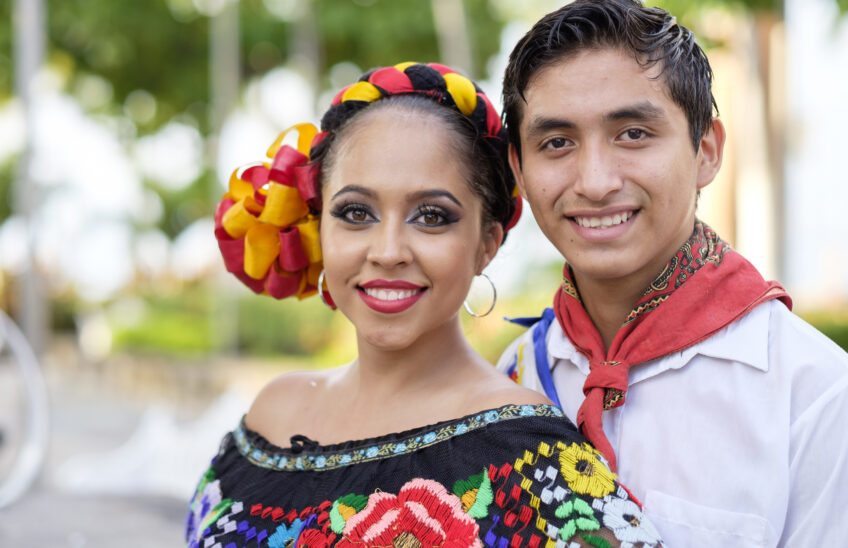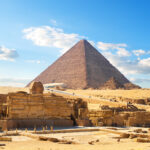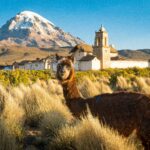Teach English in Mexico
Teaching English in Mexico is an amazing adventure, where you can encounter the ancient wonders of Mayan and Aztec civilizations, revel in the natural beauty of pristine beaches, lush jungles, and rugged mountains, and savor the rich flavours of Mexican cuisine that tantalizes the taste buds with its diverse flavors and regional specialties. Mexican culture is a vibrant tapestry woven with traditions, music, art, and a deep sense of community, reflecting centuries of indigenous, European, and mestizo influences.
Qualified TESOL teachers in Mexico have a unique opportunity that brings numerous advantages both for themselves and the communities they work in. As the world continues to become increasingly interconnected, proficiency in the English language has become a valuable asset, opening doors to a wider range of professional and personal opportunities. Mexico, with its vibrant culture, warm hospitality, and growing demand for English education, stands out as an ideal destination for aspiring and experienced English teachers alike.
Popular Places to Live & Work
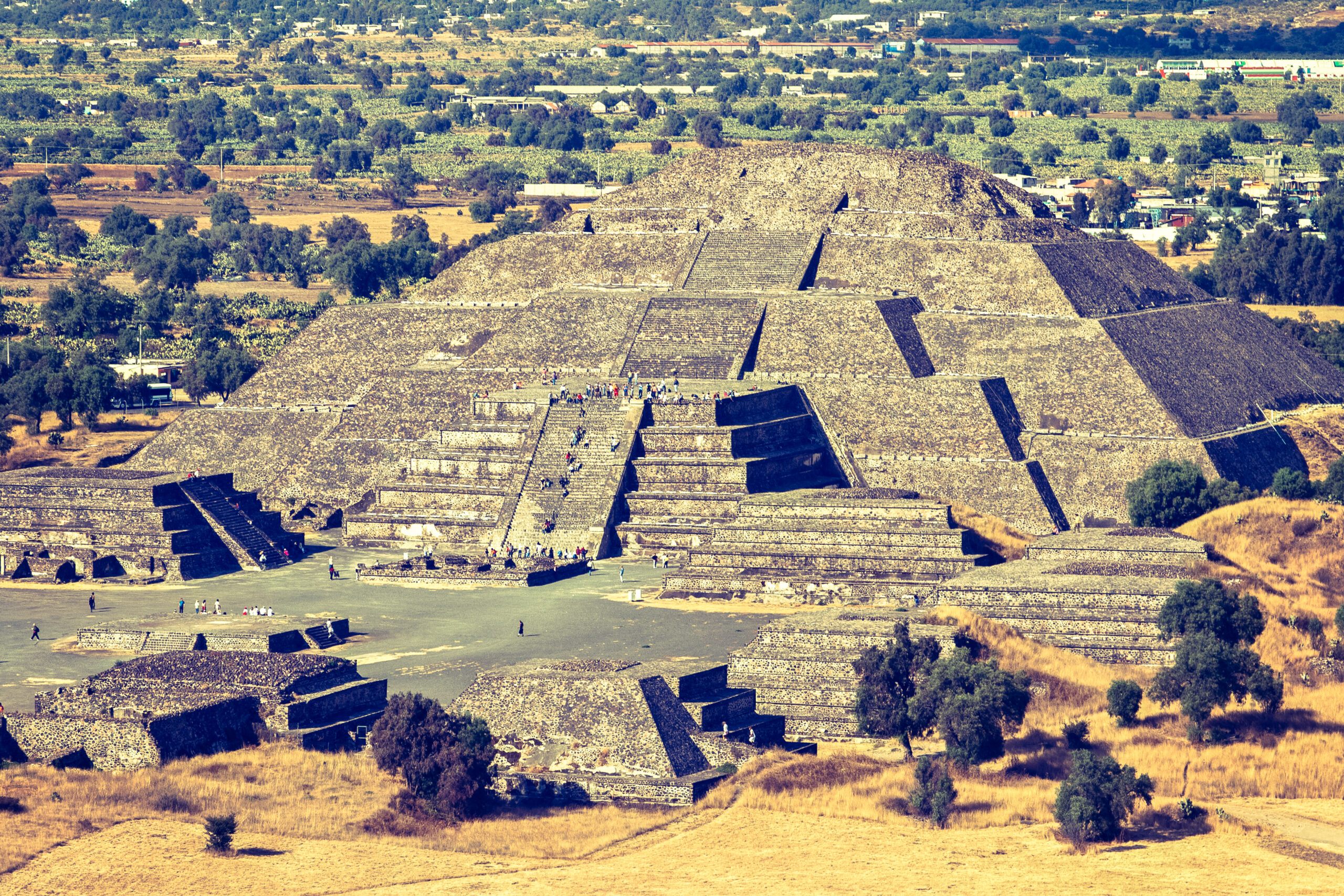
Pyramid of the Moon. Teotihuacan, Mexico
Mexico City
With a population of almost 9 million Spanish speakers and the capital and largest city in Mexico, Mexico City offers a wide range of teaching opportunities in both public and private institutions. It’s a cultural hub with numerous museums, historical sites, and a thriving arts scene. It also pulls in expats from all corners the world. Here are some things to see and do while you are there:
- Explore the Historic Center: Begin your journey by wandering through the heart of Mexico City’s historic center, which is a UNESCO World Heritage Site. Here, you’ll find iconic landmarks such as the Metropolitan Cathedral, the National Palace, Palacio de Bellas Artes, and the Templo Mayor archaeological site, where the Aztec capital of Tenochtitlan once stood.
- Chapultepec Park: Explore the sprawling Chapultepec Park, one of the largest urban parks in the world. Within its lush green expanse, you can visit several noteworthy sites, including the Chapultepec Castle, which houses the National Museum of Anthropology, one of the world’s most comprehensive collections of pre-Columbian art and artifacts.
- Exploring the Pyramids: Teotihuacan, just outside of Mexico City, is home to the iconic Pyramid of the Sun and the Pyramid of the Moon, both of which are impressive examples of ancient Mesoamerican architecture. You can climb these pyramids to enjoy breathtaking views of the surrounding landscape, including the Avenue of the Dead, which connects the two pyramids and is lined with ancient structures and ruins.
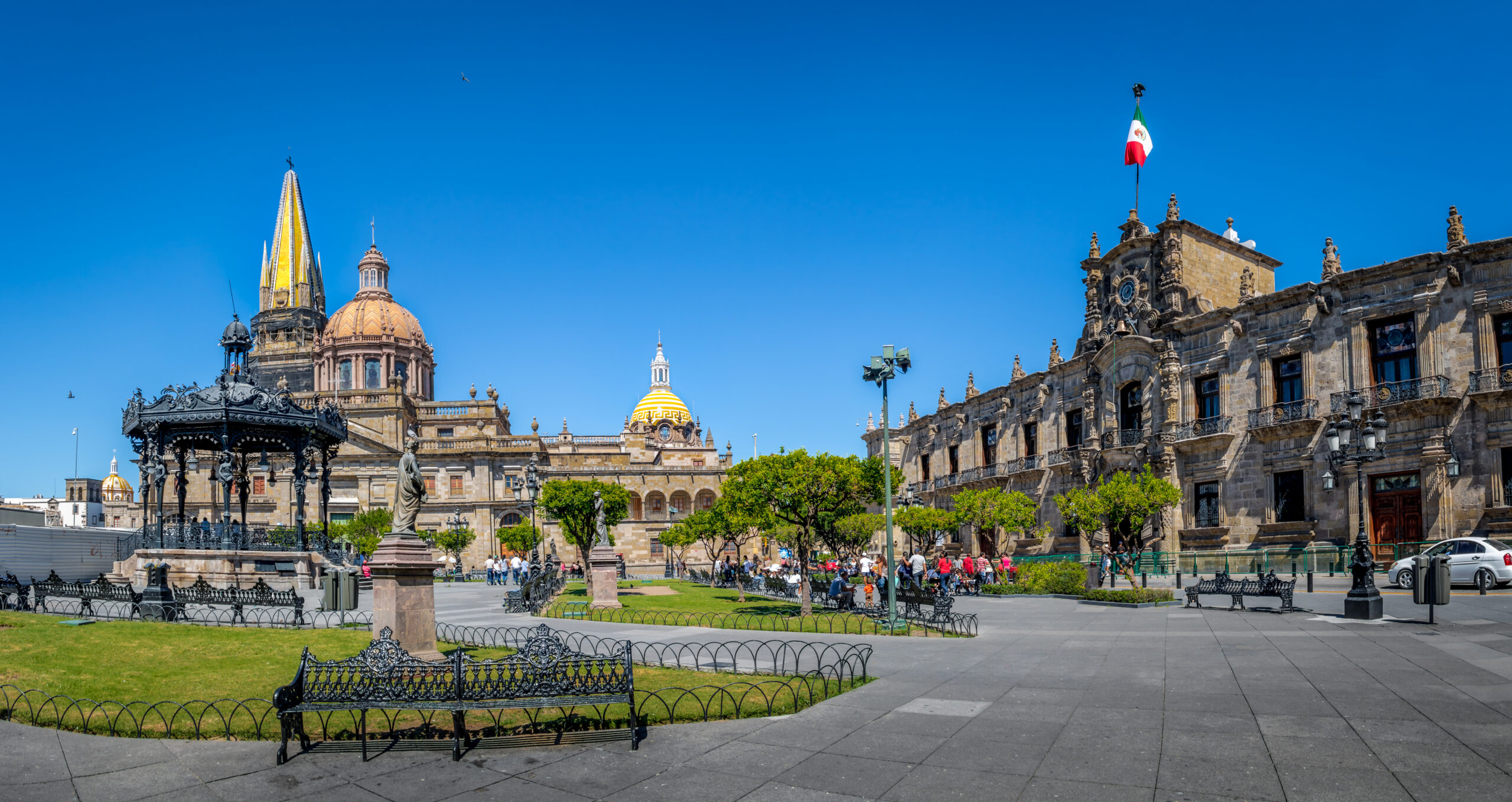
Guadalajara Cathedral and State Government Palace – Guadalajara
Guadalajara
Known as the “Pearl of the West,” Guadalajara is Mexico’s second-largest city and a major educational center. It boasts a growing demand for English language education and a vibrant cultural scene. The city’s blend of history, music, and culinary delights ensures a memorable experience that will immerse you in the heart of Mexican culture and traditions. These activities showcase just a glimpse of what Guadalajara has to offer.
- Explore the Historic Downtown (Centro Histórico): Guadalajara’s historic downtown is a treasure trove of colonial architecture, bustling plazas, and cultural attractions. Start your journey at the magnificent Guadalajara Cathedral, an iconic symbol of the city’s religious heritage. Nearby, you’ll find the Hospicio Cabañas, a UNESCO World Heritage Site that houses remarkable murals by renowned artist José Clemente Orozco.
- Mariachi Plaza and Charros: Guadalajara is the birthplace of mariachi music and charro culture. Head to Mariachi Plaza (Plaza de los Mariachis) in the heart of the city, where mariachi bands serenade visitors with their lively tunes. You can even hire a mariachi band to create a personalized musical experience. To delve deeper into Mexican rodeo traditions, attend a charreada (rodeo) at the Lienzo Charro de Jalisco.
- Tequila Tasting Tour: Guadalajara is the gateway to the world of tequila, and taking a day trip to the nearby town of Tequila is a must for anyone interested in this iconic Mexican spirit. Explore the agave fields, learn about the tequila production process in distilleries like Jose Cuervo and Sauza, and savor tastings of this internationally celebrated beverage.

Puebla, Mexico
Puebla
Puebla is a picturesque colonial city with a rich cultural heritage. It’s known for its beautiful architecture, delicious cuisine, and vibrant traditions. Puebla has a little less hustle and bustle compared to Mexico city, so it’s an appealing option for English teachers who want a slower pace of life. Here are three must-see and do activities when visiting
- Explore the Historic Center: Puebla’s historic downtown is a UNESCO World Heritage Site and a visual delight. Wander through cobblestone streets lined with beautifully preserved colonial architecture, featuring intricate facades adorned with talavera tiles, a distinctive style of ceramic work. Be sure to visit the city’s centerpiece, the Puebla Cathedral, renowned for its stunning interior and magnificent views from its bell towers.
- Visit the Great Pyramid of Cholula: Just a short drive from Puebla, the Great Pyramid of Cholula is an archaeological wonder and one of the largest pyramids by volume in the world. Although it may appear as a hill from a distance, it conceals an ancient pyramid beneath its lush greenery.
- Talavera Pottery Workshops: Puebla is famous for its exquisite talavera pottery, known for its intricate patterns and vibrant colors. Consider taking a talavera pottery workshop to try your hand at creating your own beautiful pieces. Several studios and workshops in the city offer hands-on experiences where you can learn about the history and craftsmanship of this traditional art form while crafting your own talavera ceramics.
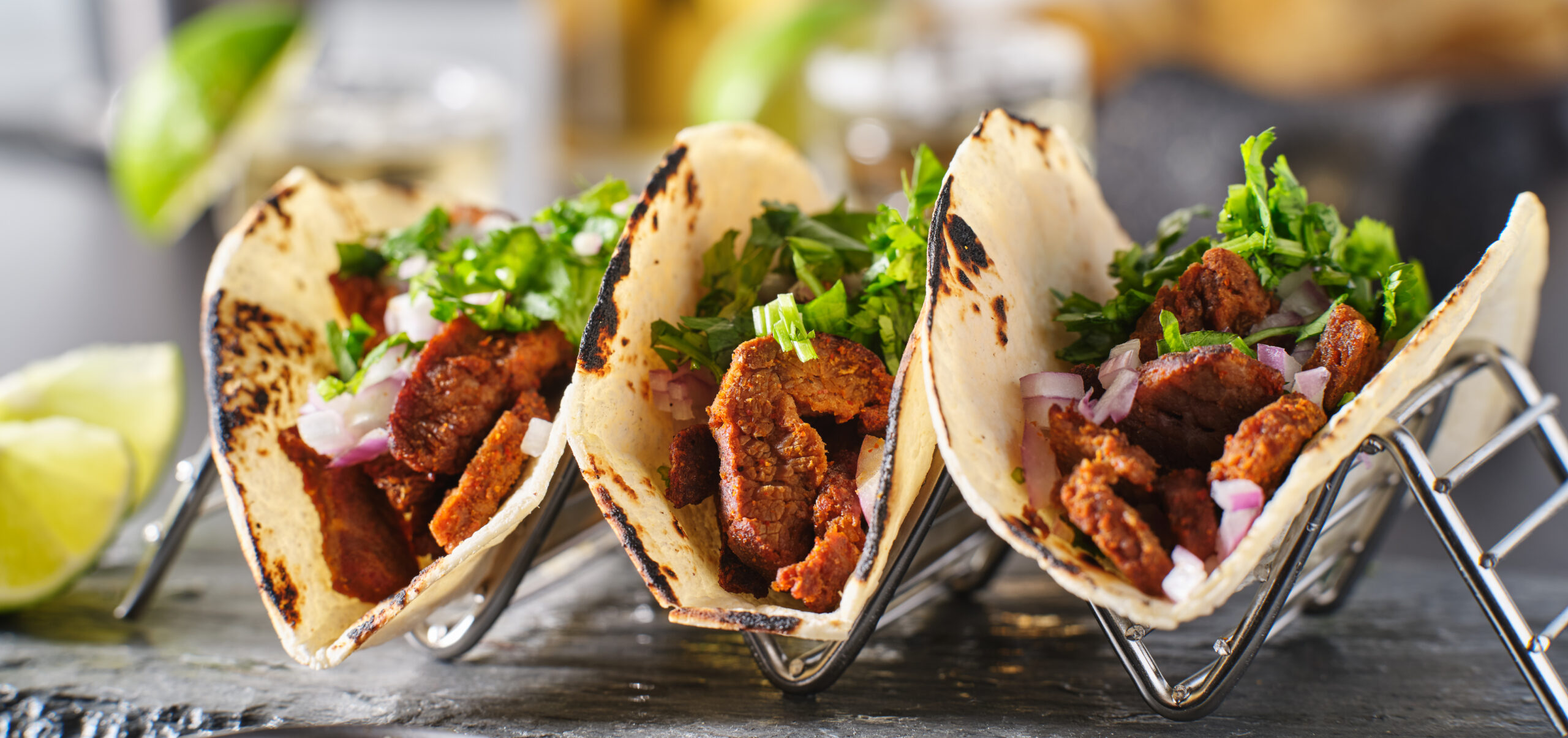
Mexican Tacos
Food
Mexican cuisine is a delightful blend of indigenous, European, and other cultural influences, resulting in a diverse and flavorful array of dishes. When visiting Mexico or enjoying Mexican cuisine elsewhere, be sure to explore the rich tapestry of flavors that this culinary tradition has to offer. Here’s an overview of Mexican food and five must-try dishes:
- Tacos are perhaps the most iconic Mexican street food. These delicious treats consist of soft corn or flour tortillas filled with a variety of ingredients. Some popular taco fillings include carne asada (grilled beef), al pastor (marinated pork), carnitas (slow-cooked pork), and tinga (shredded chicken in tomato and chipotle sauce). Tacos are typically garnished with fresh salsa, onions, cilantro, and a squeeze of lime.
- Guacamole is a classic Mexican dip made from mashed avocados, tomatoes, onions, cilantro, lime juice, and a pinch of salt. It’s known for its creamy texture and zesty flavor. Enjoy guacamole with tortilla chips or as a topping for tacos and other Mexican dishes.
- Tamales are a traditional Mexican dish made by wrapping masa (corn dough) around various fillings, such as meat, cheese, vegetables, or chilies, and then steaming them in corn husks. They come in numerous regional varieties and are often served during festivals and special occasions.
- Chiles rellenos are poblano peppers stuffed with ingredients like cheese, picadillo (a mixture of ground meat and vegetables), or seafood. They are coated in egg batter and fried until golden. These delicious, mildly spicy treats are often served with tomato sauce and a sprinkle of cheese.
- Mole is a complex and flavorful sauce that varies from region to region in Mexico. It typically includes ingredients like chilies, chocolate, spices, and sometimes nuts or fruits. Common varieties include mole poblano, mole negro, and mole verde.
- (Bonus) Tequila, a renowned distilled spirit, originates from the blue agave plant and is produced in the region surrounding Tequila, Jalisco, Mexico. It’s not only a drink but a symbol of Mexican heritage and craftsmanship, showcasing its versatility and global appeal.
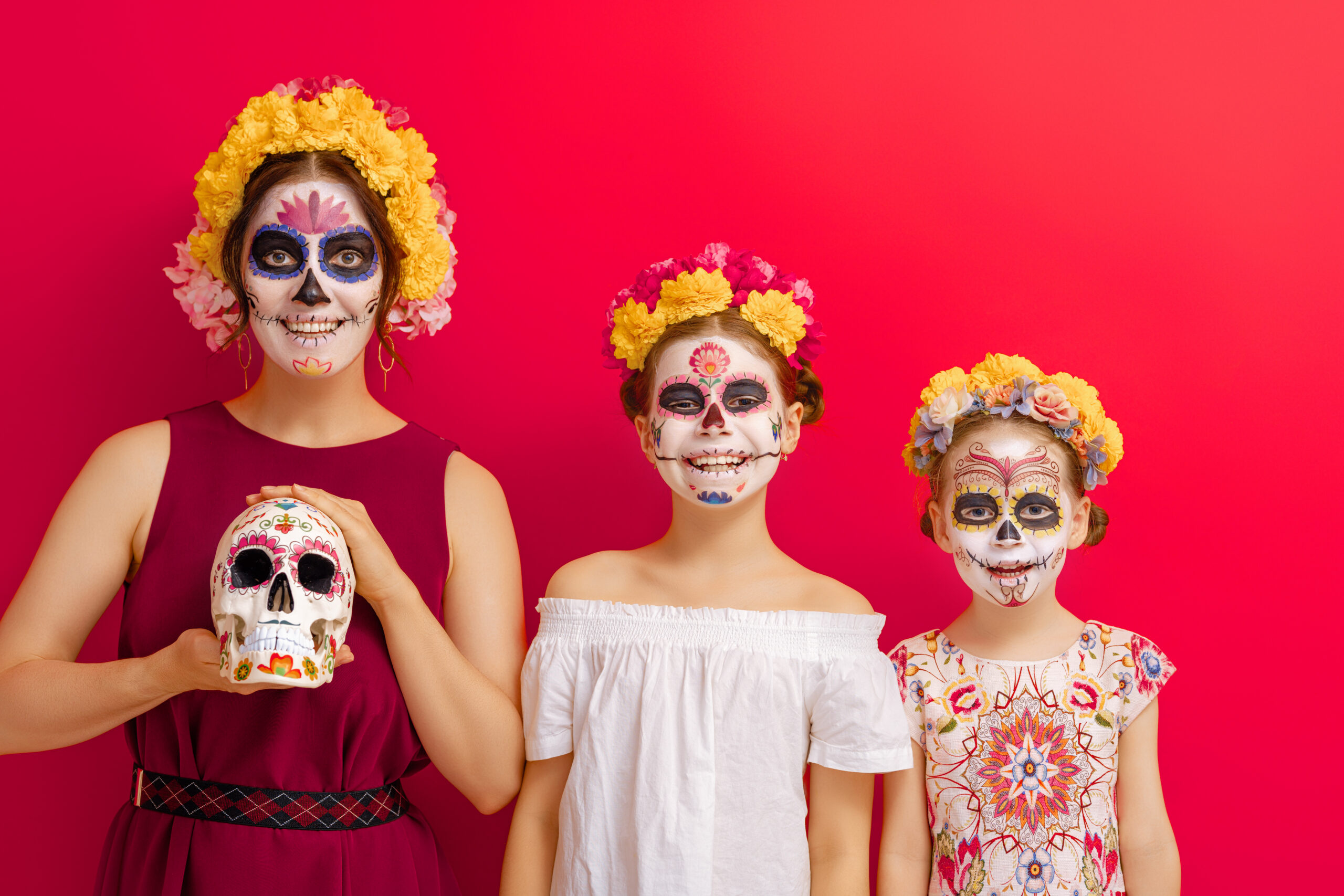
Dia de los Muertos (Day of the Dead)
Culture
Mexican culture is a vibrant and diverse tapestry woven from a rich history of indigenous civilizations, Spanish colonial influence, and a kaleidoscope of regional traditions. It encompasses a wide range of elements, each contributing to the country’s unique identity:
- Ancient Heritage: Mexico’s history dates back to ancient civilizations like the Maya, Aztec, and Olmec, whose legacies continue to influence Mexican culture today. Ruins of pyramids, temples, and cities such as Chichen Itza and Teotihuacán serve as powerful reminders of this heritage.
- Art and Craftsmanship: Mexico has a rich tradition of art, from the intricate pottery of Talavera to the vibrant colors of indigenous Huichol beadwork. Mexican artists like Diego Rivera and Frida Kahlo have left an indelible mark on the global art scene.
- Religious Festivals: The influence of Catholicism, introduced by Spanish conquistadors, is deeply ingrained in Mexican culture. Festivals like Dia de los Muertos (Day of the Dead) and Semana Santa (Holy Week) blend indigenous traditions with Catholicism, reflecting Mexico’s unique syncretic spirituality.
- Literature, Language: Mexico boasts a rich literary tradition with authors like Octavio Paz and Carlos Fuentes. Spanish is the official language, but indigenous languages such as Nahuatl, Maya, and Zapotec are still spoken in various regions.
- Family and Community: Mexican culture places a strong emphasis on family values and community bonds. Celebrations, gatherings, and festivals often revolve around communal meals and socializing, reinforcing these connections.
- Folk Art and Traditions: Mexican artisans create intricate crafts, including alebrijes (colorful figurines), papel picado (paper cutouts), and traditional clothing like sarapes and rebozos, all of which showcase the country’s artistic ingenuity.
- Music and Dance: Mariachi, ranchera, cumbia, and salsa are just a few of the music genres that define Mexican culture. Traditional dances like the Jarabe Tapatío and folkloric ballet celebrate the nation’s diversity.
Qualifications
You will need an internationally recognised TESOL Certificate to teach English at language schools in Mexico.
Visa
To work as an English teacher in Mexico, you will need to have a valid work visa. Most schools will help you obtain the correct visa and guide you through the process with visa assistance. Some students will originally enter on a 3-month holiday visa. The process of obtaining a work visa can vary depending on your country of origin, but generally, you will need to provide proof of your qualifications, a valid passport, and a criminal background check. It is important to check the specific requirements for each country and your language school for up-to-date advice.
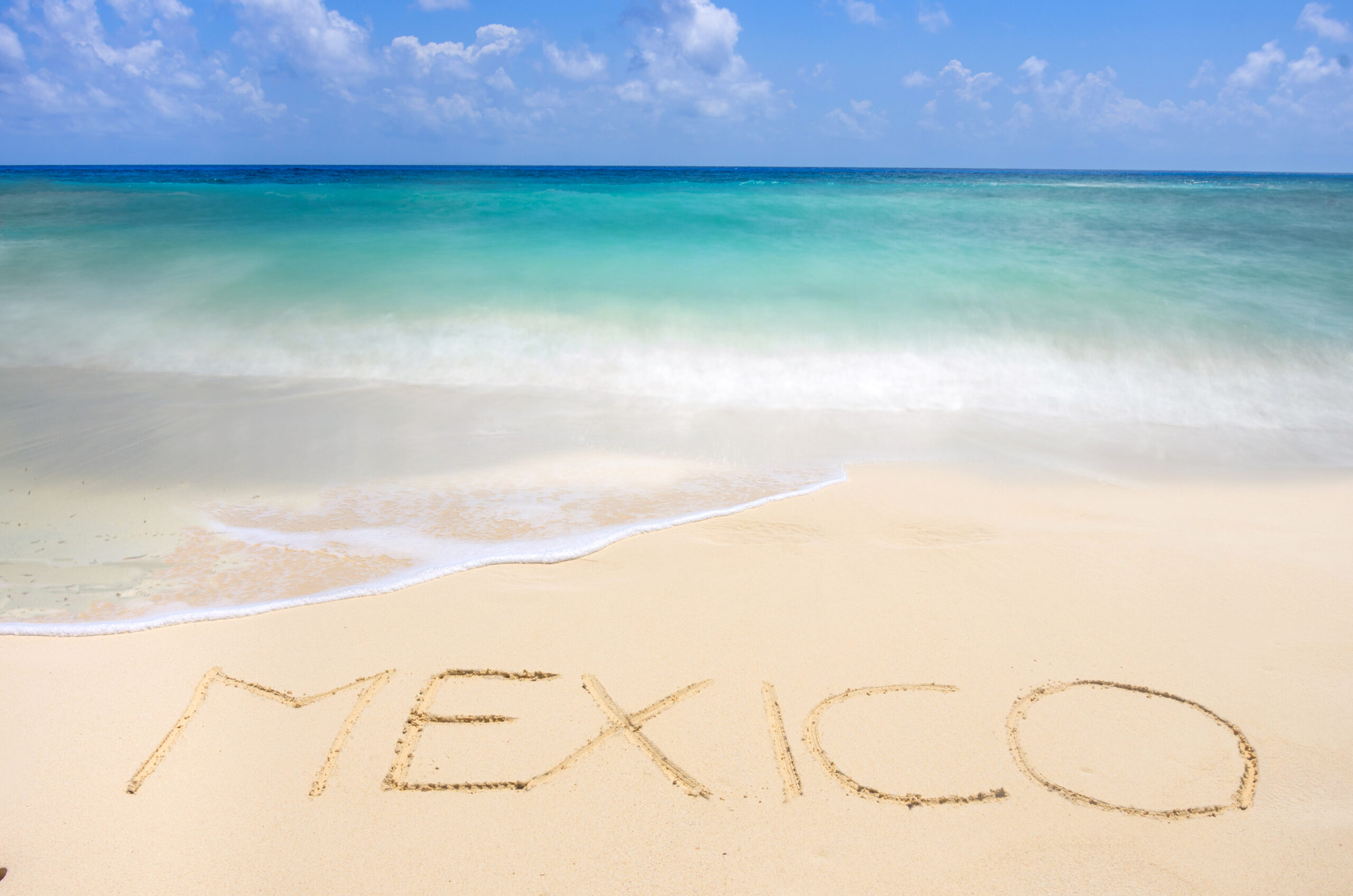
Beaches of Mexico
¡Vamos! Let’s Go!
Teaching English in Mexico is a rewarding and transformative experience that offers educators the chance to make a meaningful impact while immersing themselves in a rich and diverse culture. Mexico’s growing demand for English language proficiency, coupled with its warm hospitality and vibrant traditions, creates a dynamic environment for teaching. Whether you’re a seasoned educator seeking new horizons or a recent graduate looking for adventure, Mexico’s classrooms offer the opportunity to foster cross-cultural understanding, empower students for a globalized future, and explore the country’s breathtaking landscapes, ancient ruins, and mouthwatering cuisine.


